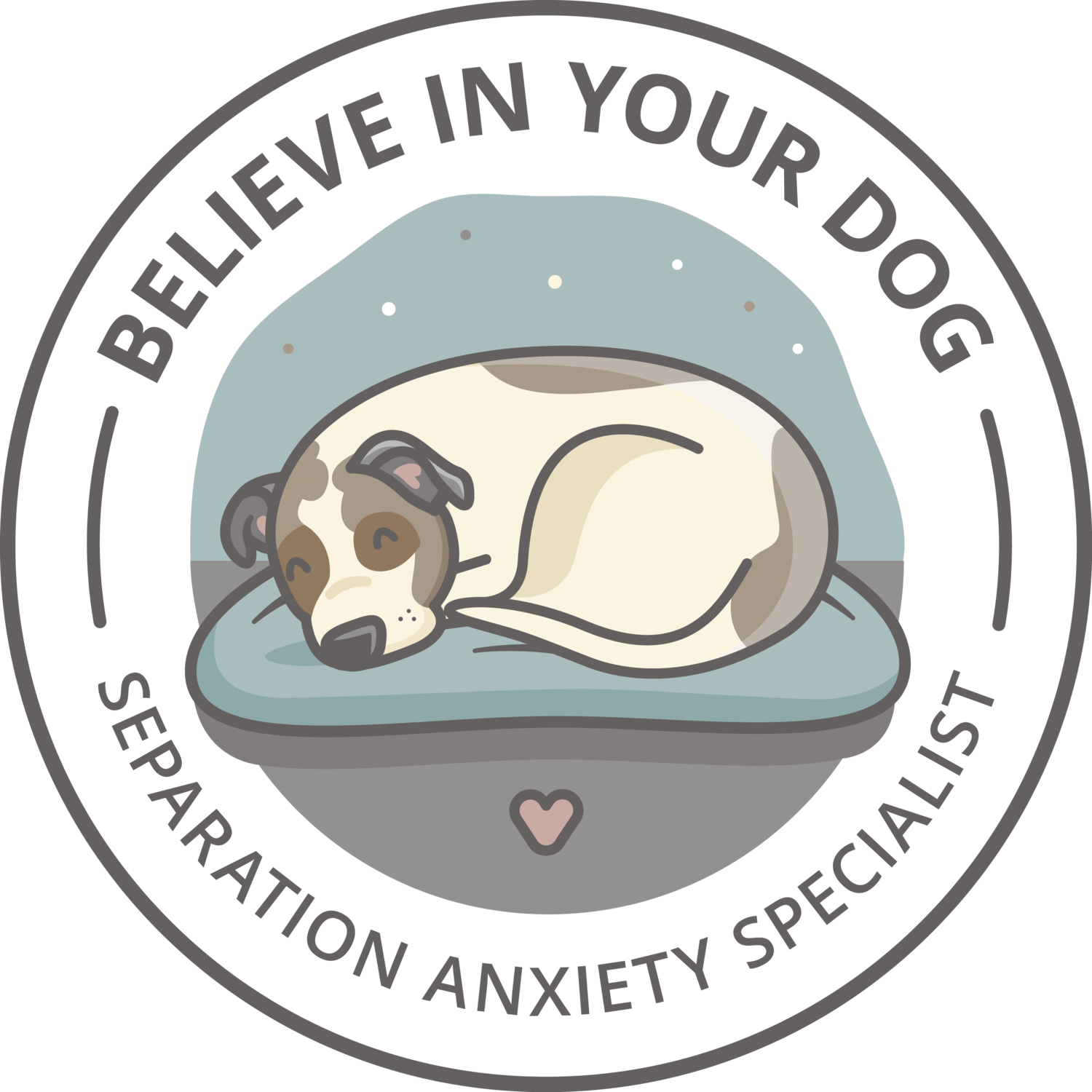5 Steps to Prepare Your Dog for Post-Pandemic Alone Time
A couple of months into pandemic life, I realized that I had not left my dog home alone a single time. Not once. I hadn’t taken a trip to the store, a ride to pick up a prescription, or even a quick coffee run. He’d been by my side 24 hours a day. And here we are—a year into the pandemic— and not much has changed.
I reach for something across my desk, and his face lights up: “What are we doing?”
I get up to grab something from the fridge, and he follows diligently behind: “Where are we going?”
And if I dare put on my shoes, it’s as though he won the lottery: “Walkies?! Don’t mind if I do!”
But he wasn’t always so attentive to my every movement. Pre-pandemic, there was rarely a day that I didn’t leave home, often a couple times a day. And when absences are that frequent, most dogs come to realize that being home alone is totally safe and boring. They just get used to being alone.
And as much as I think we both love the new arrangement, I’m not sure it’s in his best interest, especially as vaccines become more available and we start to gradually return to some semblance of normal.
It certainly couldn’t hurt (and likely would help) my dog to “remember” that sometimes I leave without him, and that’s totally okay.
So how can we go about helping our dogs adjust to this imminent change in routine?
Here are 5 steps to prepare your dog for post-pandemic alone time:
1. Start Small
Just like most things in life, change is easiest when it comes in small, manageable increments. If you haven’t left your dog home alone for long durations in over a year, starting with a night out on the town might be too much. Instead, take a ten minute walk without your dog every day (blasphemy, I know!). Linger for a few minutes while you check the mail or take out the trash. Step onto the porch for some fresh air. Shoot for subtle—but noticeable—changes to start.
2. Watch Your Dog on Camera
Your dog might be totally fine with you leaving the house again, but the only way to know for sure is to observe his behavior when he’s alone. These days, it’s super easy to set up a camera so you can keep an eye on your dog when you leave. I like external cameras like Wyze or Nest cams, but FaceTime or Zoom work just fine. Many cameras come with bark alerts and will send you a push notification when a sound is detected. Snazzy!
3. Build up Gradually
If your dog is handling the shorter absences well and not showing signs of distress, you can gradually build up to longer absences. Take a trip to the grocery store or go grab a coffee. If your dog seems totally “ho-hum” about these departures, you can continue to increase the duration that you’re gone.
4. Know the Signs
But how do you know if your dog is okay when you’re gone? It isn’t like he can tell you, is it? But dogs have another way of communicating: through their body language.
Most of us can tell that our dogs are stressed when they bark and whine, but what about the more subtle signs like pinning their ears back? The whispers are often harder to spot than the shouts. There are some great resources on dog body language out there to get you up to speed. My favorite is the Doggie Language book by Lili Chin. There’s also a free online course.
When we work to resolve fear or distress in our dogs, it is imperative that we not push them past their comfort zone, since that can make matters worse.
If your dog is showing signs of anxiety when you leave, you’ll need to get professional help.
5. Ask for Help
Okay, so your dog is clearly uncomfortable with this new change in routine. You’ve worked on the steps outlined above and he’s just not handling it well.
What now?
Don’t panic! I work solely with separation anxiety and other alone-time challenges and can work with you online regardless of your location. You can reach out via email anytime.
Final Thoughts
Many dogs will easily adjust to the new routine without any intervention on our part. Dogs are incredibly resilient and adaptive to change. But as I mentioned, it can’t hurt to tread lightly with your dog anytime there is a major change in his life. It might just save you both lots of heartache in the future.


